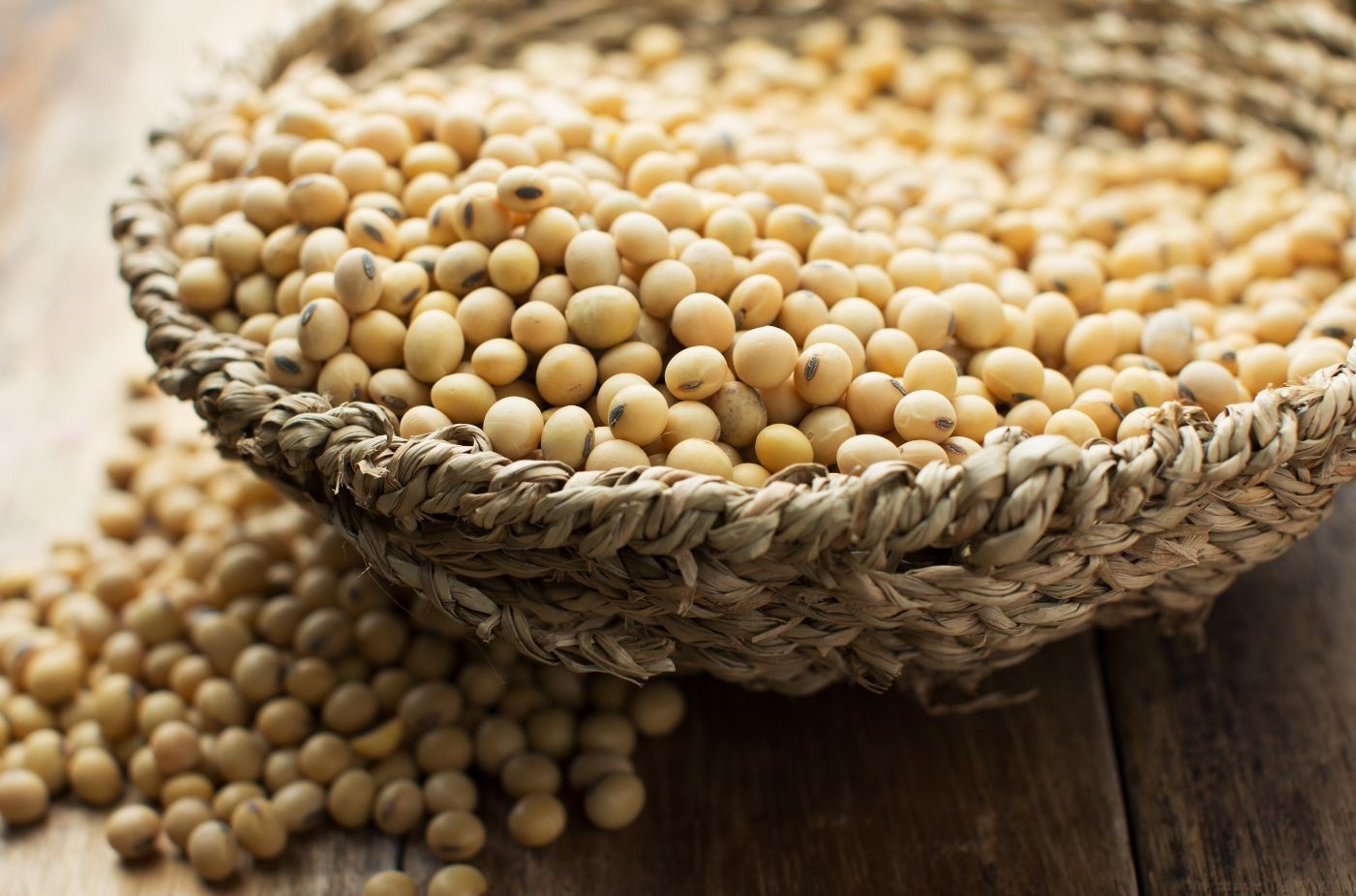Soybeans are vital for their high protein content and versatility in various agricultural systems, and are susceptible to nutrient deficiencies that can compromise their growth and yield. Recognizing the symptoms of these deficiencies is crucial for farmers to implement targeted interventions and ensure optimal crop health. Let’s explore the visual symptoms and effects of nutrient deficiencies in soybean plant.
Whether the symptoms of nutrient deficiency are first noticeable in the oldest or youngest leaves can be defined by the mobility of nutrients.
Mobile Nutrients like Nitrogen, Phosphorus and Potassium can be transferred from the oldest tissue to the youngest tissue. Hence, the deficiency symptoms are first noticeable on the older leaves/lower part of the plant.
Immobile Nutrients like Iron, Manganese, Copper and Zinc are not easily transferred within the plant. Therefore, the deficiency symptoms are first noticeable on the younger leaves/upper part of the plant.
Nutrient Deficiency symptoms appearing on the lower, oldest leaves :
Nitrogen Deficiency:

- Leaves exhibit a transition from pale green to yellow, indicating insufficient nitrogen levels
- Stunted growth and a negative impact on root nodulation, impairing the plant’s ability to uptake essential nutrients
Phosphorus Deficiency:

- Plants may display stunted growth, characterized by small leaves and interveinal reddening on lower leaves
- Slow growth, leading to delayed blooming and maturity, ultimately affecting overall crop yield
Potassium Deficiency:

- Deficiency manifests initially on older leaves with yellowing of outer leaf margins
- Poor regulation of water potential within the plant, increasing susceptibility to drought stress and compromising overall plant health
Nutrient Deficiency symptoms appearing on the upper, youngest leaves :
Iron Deficiency:

- Interveinal chlorosis, accompanied by stunting, indicating insufficient iron levels within the plant
- Iron deficiency chlorosis (IDC) can lead to yield loss, affecting the plant’s productivity and overall health
Manganese Deficiency:

- Light green leaves with interveinal chlorosis progressing to necrotic brown spots and premature leaf drop
- Necrosis and yield loss may occur if the deficiency progresses, impacting the plant’s ability to photosynthesize and produce healthy foliage
Copper Deficiency:

- Stunted growth, yellowing of leaves, and browning of leaf tips, indicating inadequate copper uptake
- Reduced uptake and transport of other essential nutrients, hindering overall plant growth and development
Zinc Deficiency:

- Chlorotic leaves transitioning to rusty brown coloration, with uniform chlorosis over the leaf
- Stunted leaf and plant growth, with increasing severity leading to leaf death and eventual plant decline
It’s important to note that visual symptoms of different nutrient deficiencies can be similar in plants, and sometimes multiple nutrients can be lacking in a crop. Moreover, other factors unrelated to nutrient deficiency can also cause similar effects on plants. To enhance the yield and quality of the crop, targeted nutrient management strategies are crucial. As a first step, soil testing or tissue testing is recommended to correctly identify the problem. For reliable soil testing services, contact us at info@neoperk.co or visit our website http://www.neoperk.co/
Sources:
https://prograin.ca/ca-west/en/2020/07/22/nutrient-deficiencies-in-soybeans/
https://nutrien-ekonomics.com/news/potassium-deficiency-in-soybeans/
https://webapp.agron.ksu.edu/agr_social/m_eu_article.throck?article_id=262
